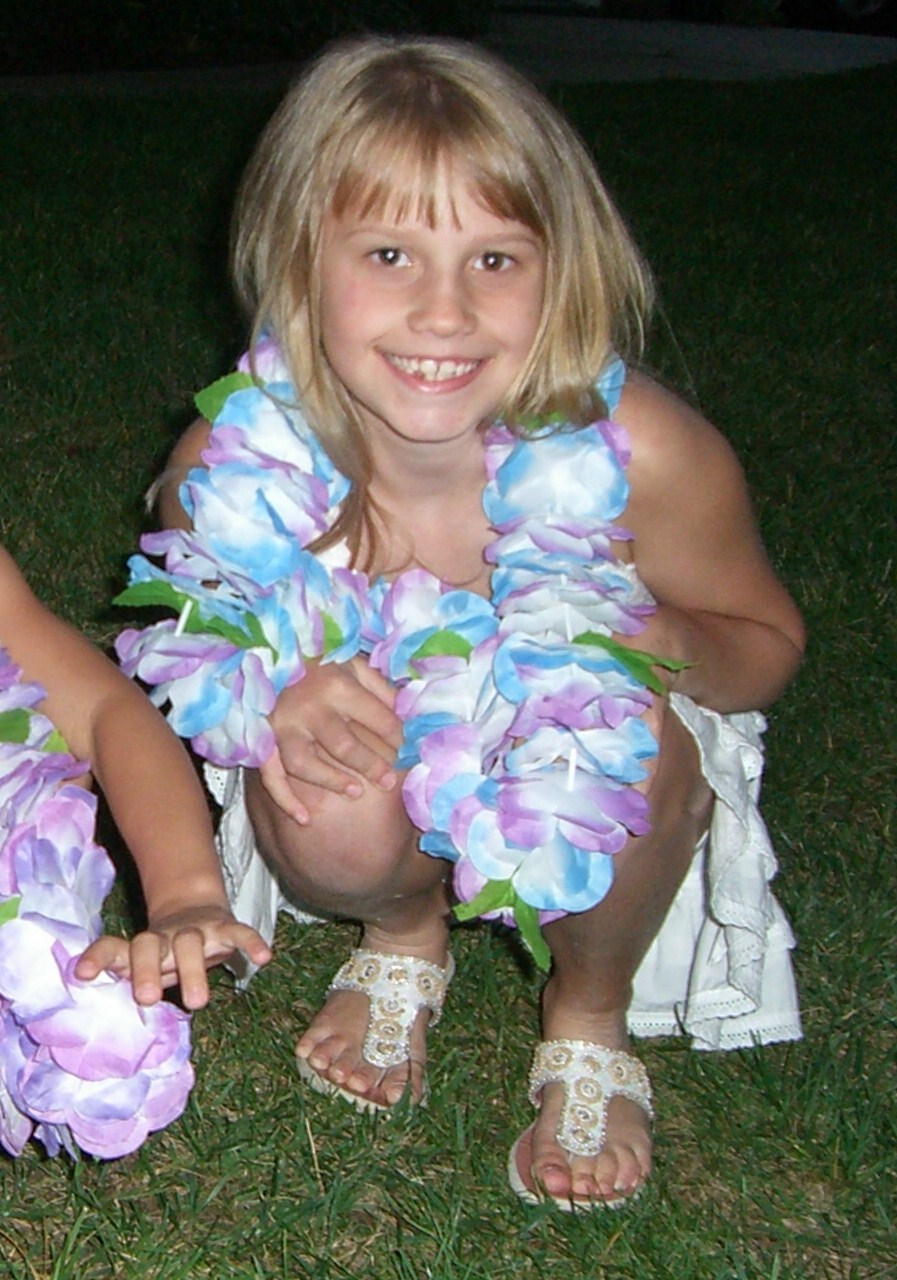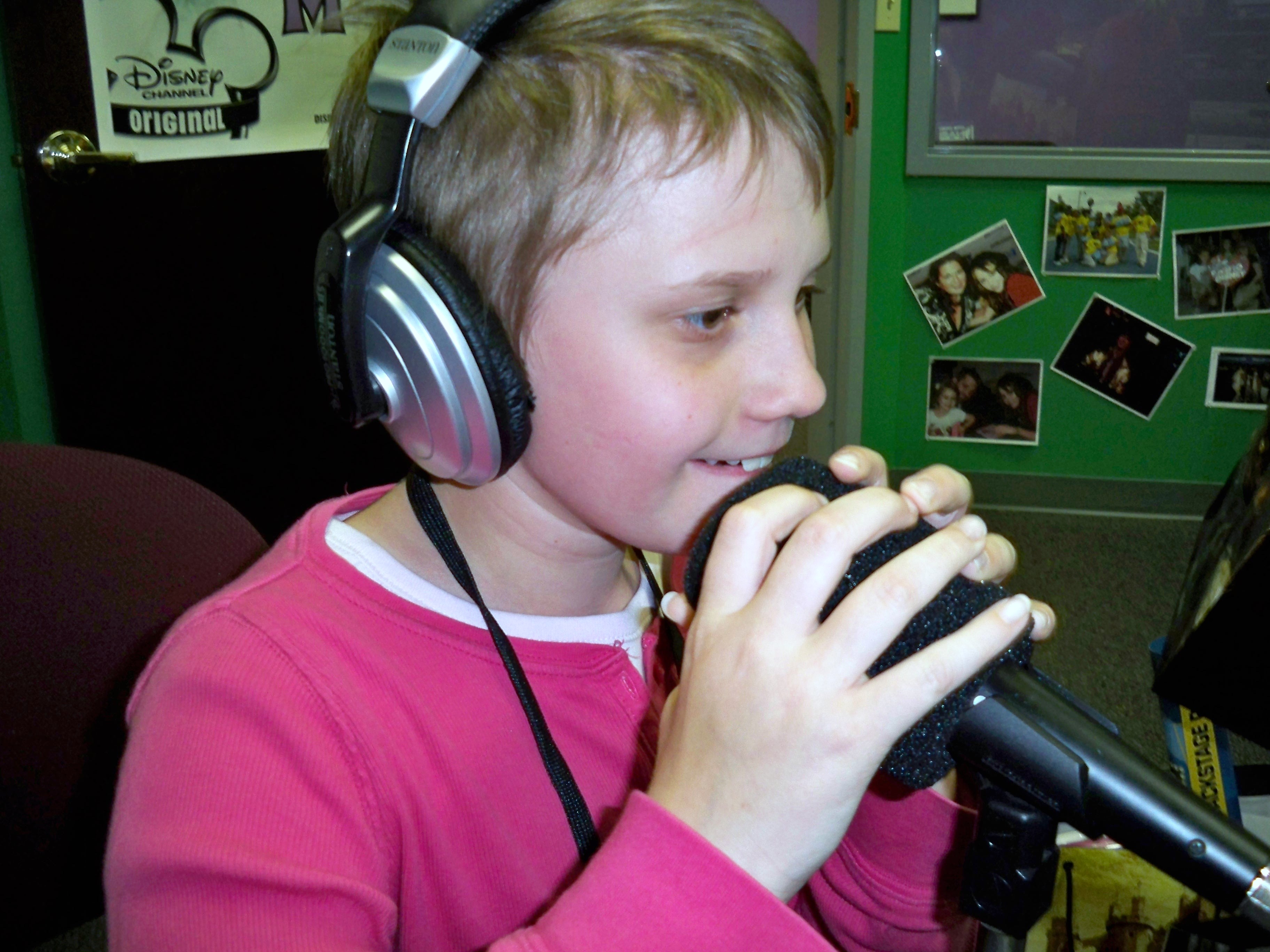 My mom, Taylor, and I all have the same hair stylist; in fact, I ran into the girls as I pulled into the parking lot at the salon earlier tonight for a long-overdue cut.
My mom, Taylor, and I all have the same hair stylist; in fact, I ran into the girls as I pulled into the parking lot at the salon earlier tonight for a long-overdue cut.
I will never forget the afternoon in her salon in January 2008, just before my parents and sister boarded a plane for a city thousands of miles away so that Taylor could take part in a clinical trial. Taylor had beautiful, long, blonde hair back then, and my parents wanted to save some of it from the operating room floor for a wonderful program called Locks of Love. The stylist first braided my sister’s hair, then took a large pair of scissors and snipped it off near the nape of her neck, placed it into a Ziploc bag, and handed it to our mother. The image of Mom sitting there in the salon chair, her youngest child’s braid in her lap and silent tears rolling down her cheeks, is forever burned into my memory, just as is the moment a few days later when the study coordinator came to our family in the surgical waiting room in that faraway hospital, the rest of Taylor’s hair in yet another Ziploc bag in her outstretched hand.
As I gathered my things after my haircut tonight, my stylist’s assistant asked me about Taylor’s prognosis. I was the last customer of the evening, and I can imagine that my stylist and her assistant both looked forward to getting home to their families. But instead, we all stayed in that tiny salon for another 30 minutes.
I have a couple of stock answers ready whenever someone asks me about Taylor – not Taylor’s Tale, but Taylor. This is because I assume they want really good news – like, “Taylor is doing much better! We’re out of the woods!” Or, “The surgery/medicine worked! She’s all better now!” But this is Batten disease. And the only constant about Batten disease is that no child has ever survived it. They all travel their own road, but all of the roads lead to the same end. That’s pretty sad, though, and people have enough sad stuff in their own lives without taking ours on, too. So while the much hoped-for responses (see above) would be disingenuous, I still feel the need to come up with something positive to say. So I usually answer with something like, “She’s a fighter!” That is true – Taylor is the most courageous person I know, except for maybe my mom. Or often I’ll say, “We’ve made amazing progress for kids like her!” That’s true, too, but I usually say that when I really don’t want to talk about Taylor. Because then I’m just another person with a cause – but in my imagination, at least momentarily, the cause isn’t life and death for my family. It means a lot to me, but it’s not about me, so it’s not as scary.
Tonight, for whatever reason, I decided not to whip out one of my short-order responses. When my stylist’s assistant asked the question, something in her eyes said she wasn’t looking for the happy-go-lucky answer – something to make her feel better about the world. And 30 minutes later, my stylist declared that she had already cried a little and didn’t want to cry a lot, and she couldn’t do that in front of me, so why didn’t we all just head home?
Before we left, my stylist said that early on, she could tell I just wanted to fight, fight, fight. I was a woman on a mission. And if anyone asked me if I believed Taylor could be “the one” (to survive Batten disease), I boldly said, “Yes. I believe in miracles.” But as time went on, I took on a quieter form of determination. I’ve never stopped believing, but over time, I became a little less “rah rah” in how I went about it. That may have been when I replaced “Taylor” with “kids like her” whenever I talked about research – not because I stopped believing in a happy ending to our story, at least in the deepest depths of my soul, but because I finally understood our opponent. In the meantime, I grew a hard outer shell to protect me from Batten disease. The shell keeps me from crying – in fact, I’m almost unable to cry. The shell gives me the courage to stand in front of a crowd – or sit with two friends in a dimly lit salon after closing time – and talk about the monster that’s attacking my little sister without totally losing it.
Yes, I still believe in miracles. But my definition of true miracles has changed. I used to believe that I could have a direct impact on whether or not a miracle actually took place. As if I could wave my magic wand, and suddenly I could buy a cure for Batten disease at the local CVS Pharmacy, and Taylor would be able to see again, and I’d help her do her homework and go to her dance competitions and swim meets.
 I know now that if such a miracle is possible, it will happen independently of anything I’ve done or could do. Because miracles defy logic. They require divine intervention.
I know now that if such a miracle is possible, it will happen independently of anything I’ve done or could do. Because miracles defy logic. They require divine intervention.
I don’t know if a true miracle will save Taylor’s life. Only God knows that. But I know that another, more worldly kind of miracle is being constructed at this very moment – a miracle I can help create. In labs across the world, talented researchers are unlocking vast secrets of the human brain and its complexities and wonders and ways to fix it when it’s under attack. And I know that the worldly miracle is coming. I know that Taylor’s Tale can be an important part of it.
In the meantime, the best thing I know to do is what I said to my stylist and her assistant before we walked out together tonight: I can wake up each morning and commit to find one good, happy thing in each day. It may be a phone call that delivers news so good it takes my breath away. It may be a gorgeous sunset or a long run. It may be a great cup of coffee. And each night, before I drift off to sleep, I can silently repeat my prayers to God to give Taylor the life I believe she deserves.
Long after Taylor’s surgery, my mom revealed that she could never bear to part with all of Taylor’s hair. And seeing my sister’s thick golden locks, still as brilliant as the last day they framed her innocent, 9-year-old face, took me back to that morning so long ago in a hospital waiting room far from home. That morning, our hearts were filled with fear, but also hope.
We’re going to hold onto HOPE for a little bit longer.

2 Comments On “Locks of Hope”